
Planetary Picture of the Day
Week of September 18, 2023
A gorgeous fireball over Iceland, clouds at the Allen Telescope Array, and a quadruple star system with a planet!
Monday, September 18, 2023
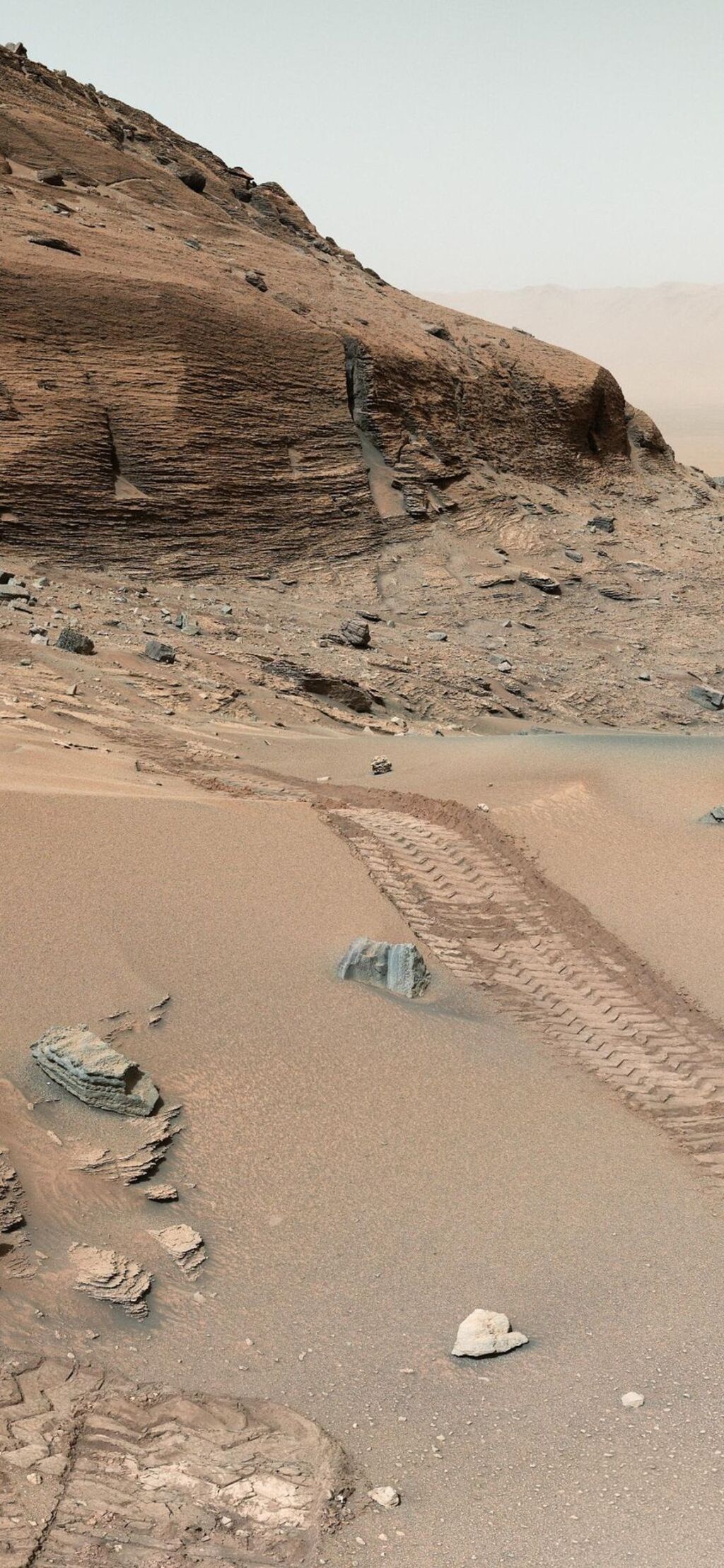
Paraitepuy Pass, Mars
NASA’s Curiosity Mars rover used its Mast Camera, or Mastcam, to capture this image while driving toward the center of this scene, an area that forms the narrow “Paraitepuy Pass,” on Aug. 14, 2022, the 3,563rd Martian day, or sol, of the mission.
The color has been adjusted to match the lighting conditions as the human eye would perceive them on Earth.
Tuesday, September 19, 2023
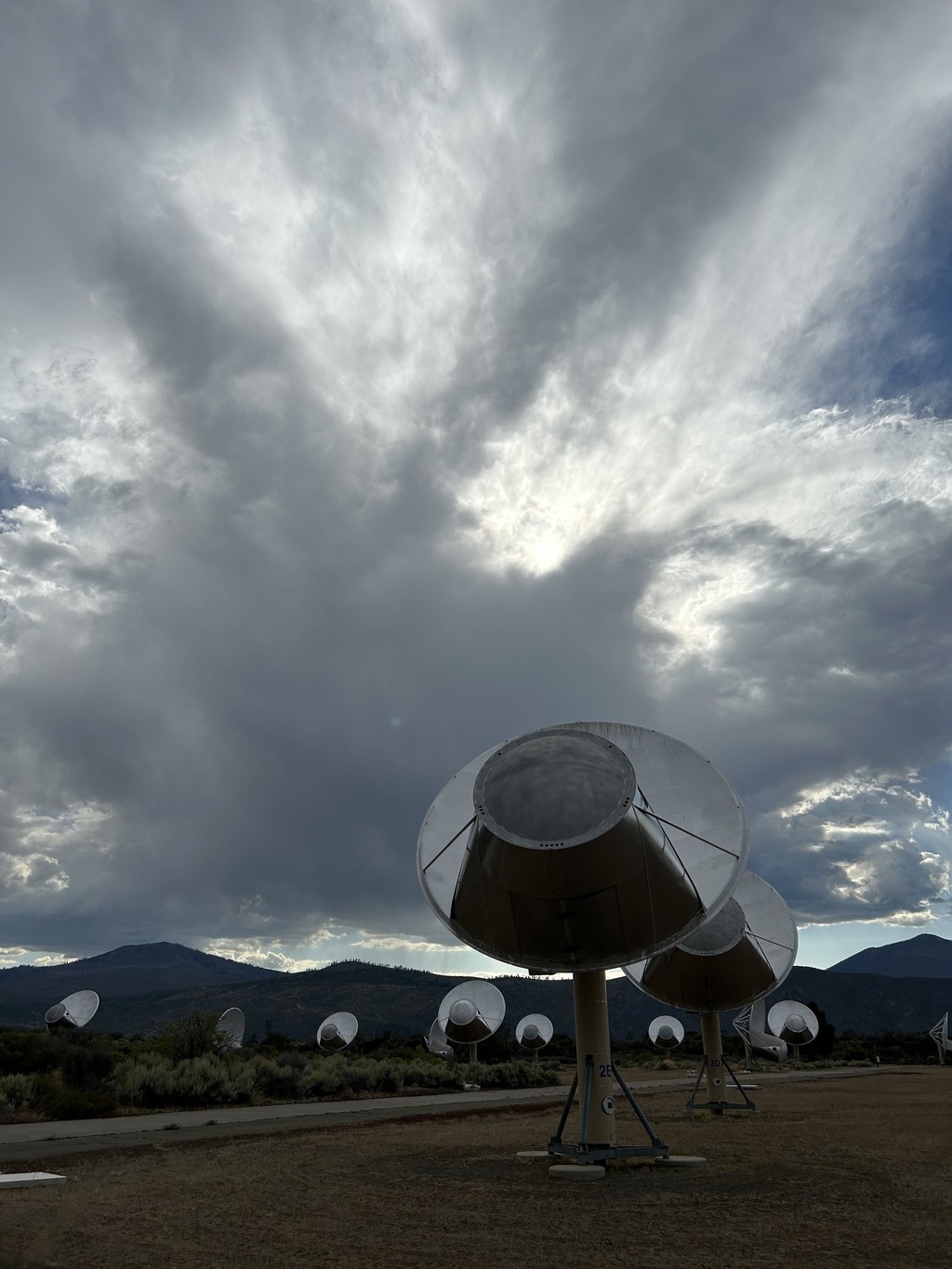
Allen Telescope Array
Hat Creek Radio Observatory (HCRO) is the home of the Allen Telescope Array, the only array designed specifically for the purpose of conducting SETI (Search for Extraterrestrial Intelligence) research. Director of the Carl Sagan Center for Research Nathalie Cabrol was there for a meeting of the SETI Institute over the weekend and had the chance to appreciate how much progress has been made with the array. They had some pretty dramatic skies during the day, as you can see in this picture.
Learn more about HCRO: https://www.seti.org/hcro
Wednesday, September 20, 2023
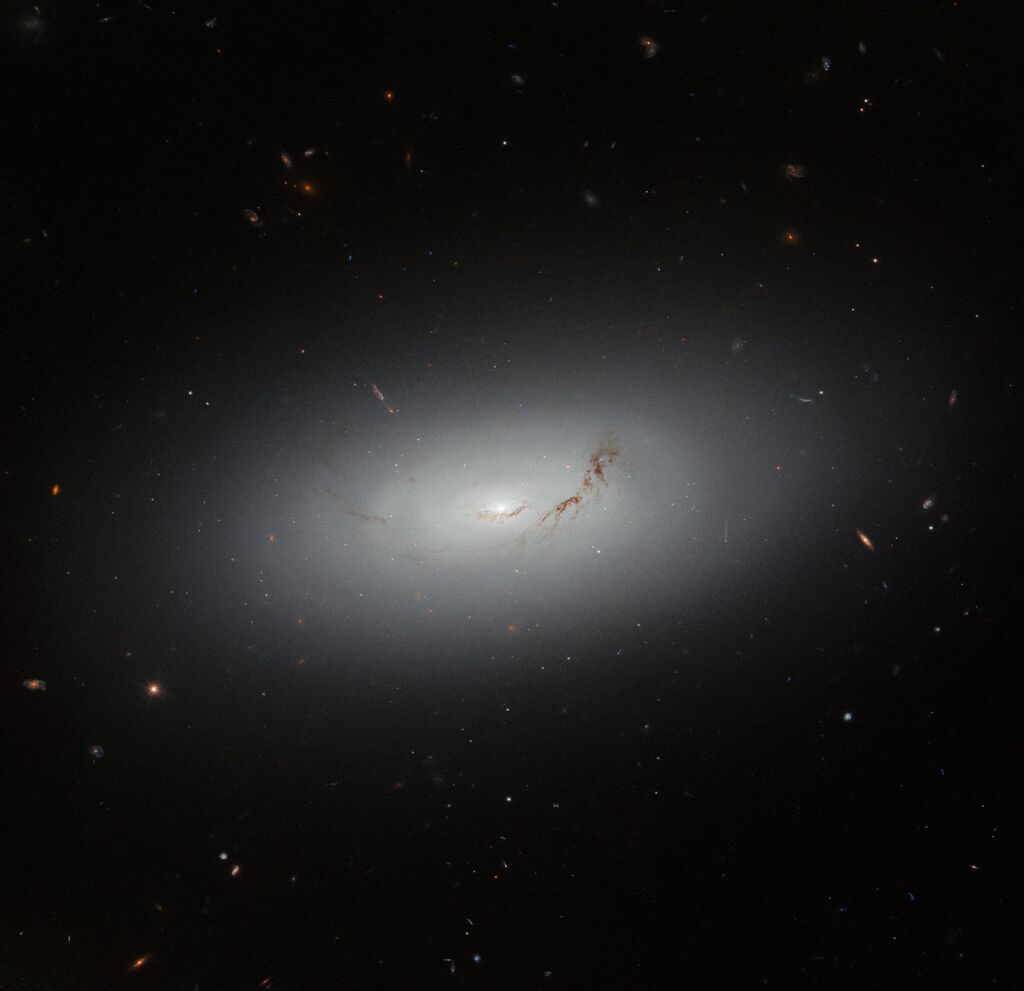
A Dreamy Galaxy
This dream-like image from the NASA/ESA Hubble Space Telescope features the galaxy known as NGC 3156. It lies about 73 million light-years from Earth, in the minor equatorial constellation Sextans.
NGC 3156 is a lenticular galaxy, with two visible threads of dark reddish-brown dust crossing the galaxy’s disk. This galaxy type is named for their lens-like appearance when viewed from the side or edge-on. They fall somewhere between elliptical and spiral galaxies and have properties of both. Like spirals, lenticulars have a central bulge of stars and a large disk surrounding it. They often have dark dust lanes like spirals, but no large-scale spiral arms. Like ellipticals, lenticular galaxies have mostly older stars and little ongoing star formation.
Astronomers have studied NGC 3156 in many ways – from its cohort of globular clusters (roughly spherical groups of stars bound together by their gravitational attraction), to the stars being destroyed by the supermassive black hole at its heart. Using Hubble data, they compared stars near the galaxy’s core to those in galaxies with similarly sized black holes. They found that NGC 3156 has a higher-than-average percentage of stars gobbled up by its supermassive black hole when compared to its counterparts.
Thursday, September 21, 2023
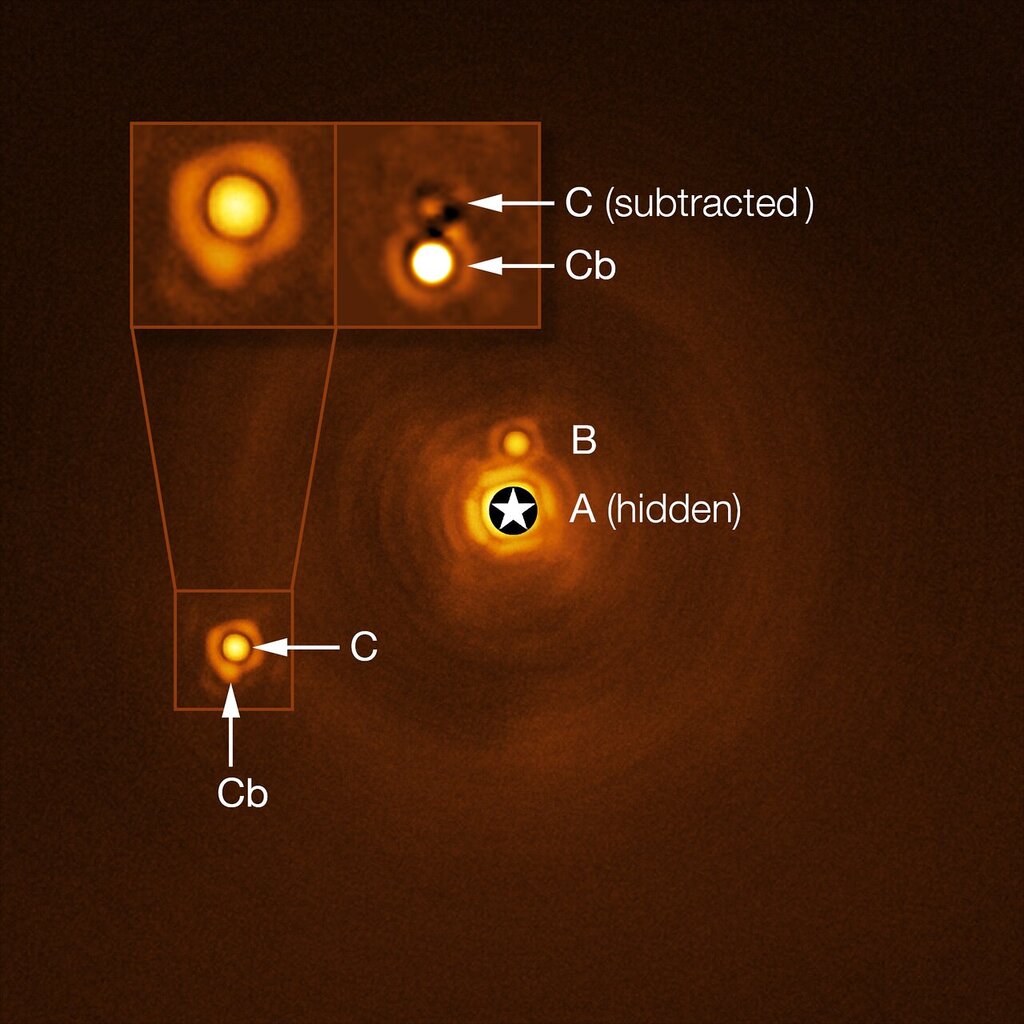
New Planetary-mass Object Found in Quadruple System
This picture shows the unique stellar system HIP 81208, as captured by ESO’s Very Large Telescope (VLT) in Chile. Astronomers thought HIP 81208 was a system consisting of a massive central star (A, the central bright spot), a brown dwarf (B) circling around it, and a low-mass star (C) orbiting further away. However, a new study has revealed a never-before-seen hidden gem: an object (Cb), approximately 15 times more massive than Jupiter, orbiting around the smaller of the two stars (C).
The discovery of Cb means that HIP 81208 is a uniquely intriguing system with two stars and two smaller bodies orbiting each one –– in other words, a hierarchical quadruple system. The mass of the newly found Cb object places it right at the border between planets and brown dwarfs –– failed stars that are not massive and hot enough to fuse hydrogen into helium.
The hidden giant Cb was spotted when a team of astronomers, led by A. Chomez of the Paris Observatory, re-analyzed archival data from the Spectro-Polarimetric High-contrast Exoplanet REsearch (SPHERE) instrument installed on the VLT. While many other instruments use indirect methods to hunt for far-flung worlds, SPHERE uses a technique known as direct imaging: what we see here is an actual image of the system. Indeed, this is the first hierarchical quadruple system to be found using direct imaging, which will prove invaluable to understanding how complex systems like this one form and evolve.
Friday, September 22, 2023
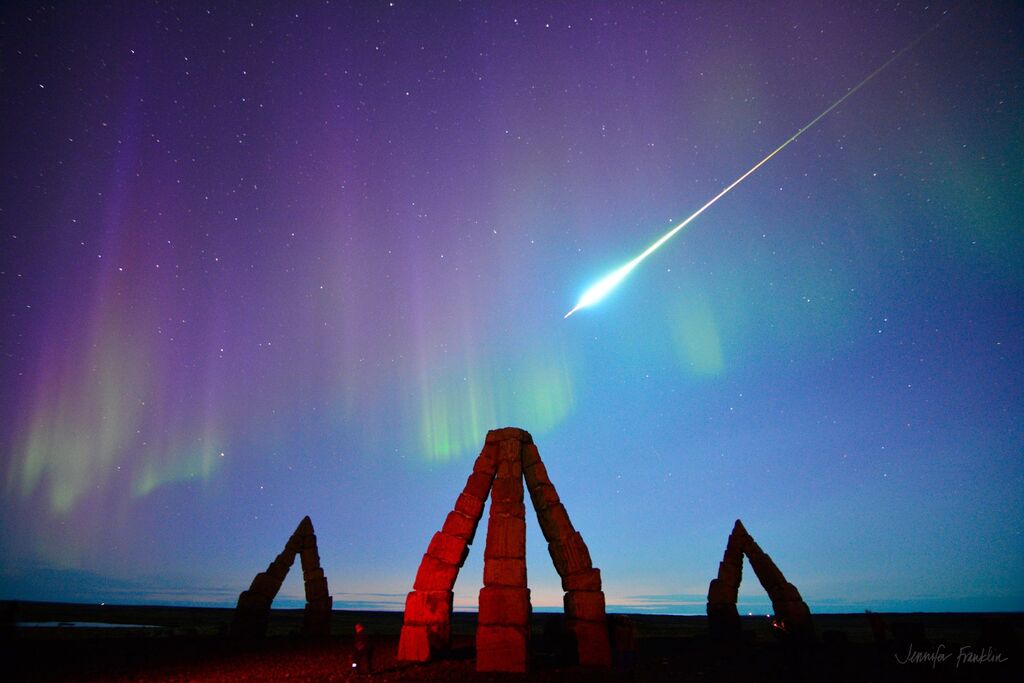
Text: APOD
Fireball over Iceland
On September 12, from a location just south of the Arctic Circle, stones of Iceland's modern Arctic Henge point skyward in this startling scene. Entertaining an intrepid group of aurora hunters during a geomagnetic storm, alluring northern lights dance across the darkened sky when a stunning fireball meteor explodes. Awestruck, the camera-equipped skygazers captured video and still images of the boreal bolide, at its peak about as bright as a full moon. Though quickly fading from view, the fireball left a lingering visible trail or persistent train. The wraith-like trail was seen for minutes wafting in the upper atmosphere at altitudes of 60 to 90 kilometers along with the auroral glow.





